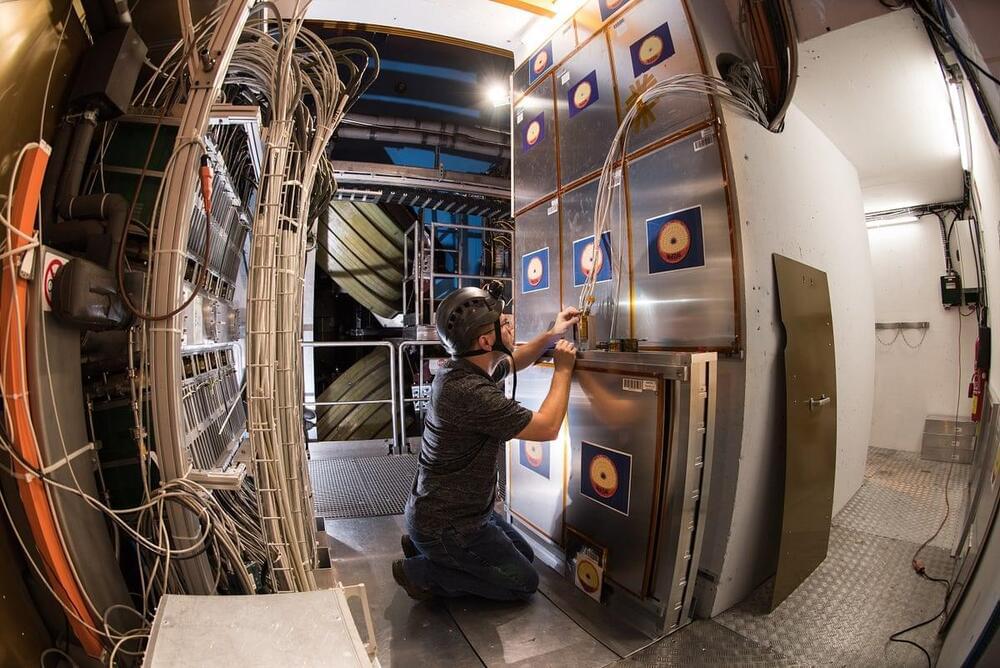The elegant equations of classical electromagnetism written by James Clark Maxwell in 1861 display a remarkable symmetry between electric and magnetic fields except for their sources. We know about electric charges but we have not found magnetic charges. Bar magnets are dipoles with two poles, north and south, for the magnetic field, resembling the configuration of an electric field sourced by a pair of positive and negative electric charges. However, we had never seen experimental evidence for a magnetic monopole, namely a magnetic charge with only one magnetic pole, a net north or south, from where magnetic field lines emanate, just like the electric field sourced by an electric charge. In a symmetric theory of electromagnetism, magnetic monopoles should exist.
The existence of monopoles with a net magnetic charge was proposed by Paul Dirac in 1931 to explain the quantized (discrete) values of electric charges. Dirac found that magnetic charges should be an integer multiple of a fundamental unit, g_D, equal to the electron charge, e, divided by twice the fine-structure constant, or about 68.5e.
In classical physics, the existence of magnetic monopoles restores symmetry to Maxwell’s equations. But in the broader context of quantum mechanics, Gerard ‘t Hooft and Alexander Polyakov showed in 1974 that magnetic monopoles are required in Grand Unified Theories of the strong, weak and electromagnetic interactions. Since the electric charge is quantized, magnetic charges are unavoidable in these theories. Magnetic charges with the lowest mass must be stable because magnetic charge is conserved and they cannot decay into lower-mass particles.
